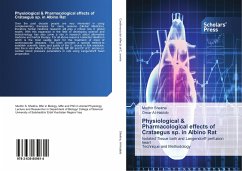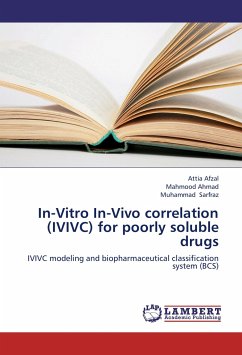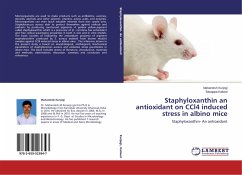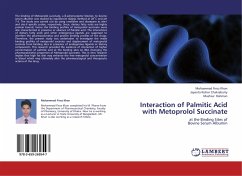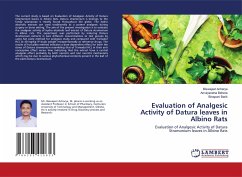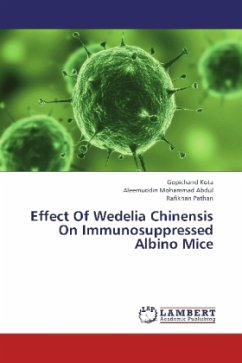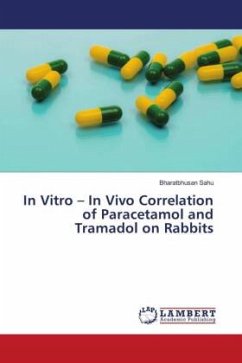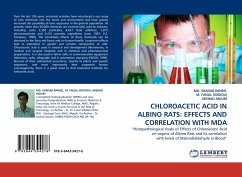
CHLOROACETIC ACID IN ALBINO RATS: EFFECTS AND CORRELATION WITH MDA
"Histopathological study of Effects of Chloroacetic Acid on organs of Albino Rats and its correlation with levels of Malondialdehyde in Blood"
Versandkostenfrei!
Versandfertig in 6-10 Tagen
32,99 €
inkl. MwSt.

PAYBACK Punkte
16 °P sammeln!
Over the last 100 years, industrial activities have introduced a vast array of new chemicals into the home and environment and have greatly increased the possibility of toxic exposures in the general population. At present, more than 65,000 chemicals are commercially used by industry, including some 3,350 pesticides, 8,627 food additives, 1,815 pharmaceuticals, and 3,410 cosmetic ingredients (Lave, 1987; U.S. Congress, 1990). The immediate effects of these chemicals can be observed in the flora and fauna and on human health. Long-term effects lead to alterations in genetic and somatic componen...
Over the last 100 years, industrial activities have introduced a vast array of new chemicals into the home and environment and have greatly increased the possibility of toxic exposures in the general population. At present, more than 65,000 chemicals are commercially used by industry, including some 3,350 pesticides, 8,627 food additives, 1,815 pharmaceuticals, and 3,410 cosmetic ingredients (Lave, 1987; U.S. Congress, 1990). The immediate effects of these chemicals can be observed in the flora and fauna and on human health. Long-term effects lead to alterations in genetic and somatic components of cells. Chloroacetic acid is used in research and development laboratories, in medical and surgical hospitals and in chemical and pharmaceutical preparations. It is also used in fabric mills, in communication equipment (television, radio, telegraph) and in automotive stamping (NIOSH, 1990). Because of their widespread occurrence, toxicity to plants and aquatic organisms, and most importantly their suspected human carcinogenicity, there is a great need to find treatment methods for haloacetic acids.



